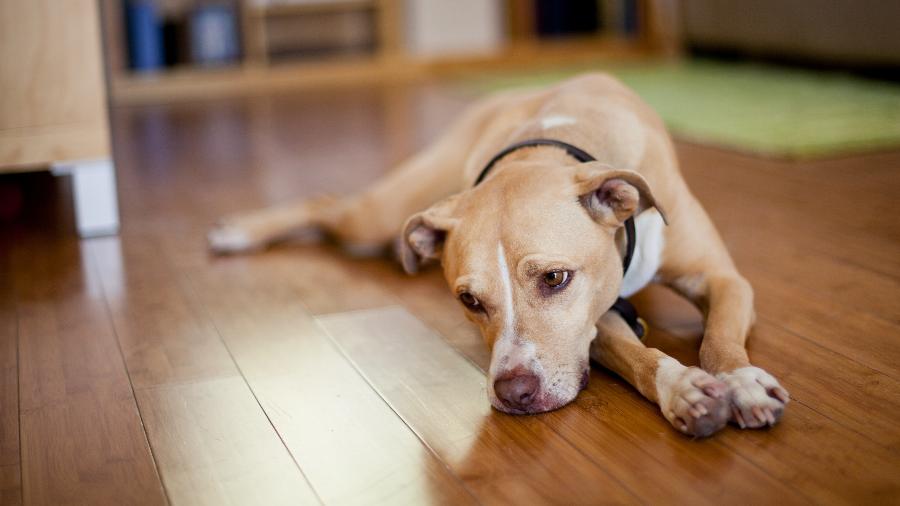Chernobyl 35 anos: turistas poderão sobrevoar local do acidente nuclear

Em 26 de abril de 1986, um erro humano no reator 4 da usina de Chernobyl causou o maior acidente nuclear da história e a morte imediata de 31 pessoas. Pela explosão e os altos níveis de radiação, a cidade de Pripiat, à época com 50.000 moradores, precisou ser evacuada.
Para marcar o 35º aniversário do desastre do maior acidente nuclear da história, a Ukraine International Airlines (UIA) está organizando um voo no domingo (25) para turistas observarem do alto a região abandonada.
Os ageiros poderão ver Kiev e Chernobyl de ângulos incomuns porque o Embraer 195 voará à altura mínima permitida de 900 metros. Ele também ará rio Dnipro.
Os turistas receberão informações da Chernobyl Tour Company, agência especializada em turismo na Zona de Exclusão de Chernobyl, para aprofundar seus conhecimentos sobre as causas e consequências do acidente.
Desde o lançamento da série de TV de sucesso Chernobyl, em 2019, Pripyat está recebendo um fluxo maior de visitantes. Os níveis de radiação na cidade, porém, seguem altos. Autoridades estimam que levaria 24.000 anos para que o local pudesse ser reabitado com segurança.
De acordo com operadores turísticos, é seguro fazer agens de curto prazo, assim como sobrevoá-lo. Para embarcar na experiência, a empresa cobra 2.970 hryvni ucranianos, o equivalente a R$ 580. Você pagaria?


















ID: {{comments.info.id}}
URL: {{comments.info.url}}
Ocorreu um erro ao carregar os comentários.
Por favor, tente novamente mais tarde.
{{comments.total}} Comentário
{{comments.total}} Comentários
Seja o primeiro a comentar
Essa discussão está encerrada
Não é possivel enviar novos comentários.
Essa área é exclusiva para você, , ler e comentar.
Só s do UOL podem comentar
Ainda não é ? Assine já.
Se você já é do UOL, faça seu .
O autor da mensagem, e não o UOL, é o responsável pelo comentário. Reserve um tempo para ler as Regras de Uso para comentários.